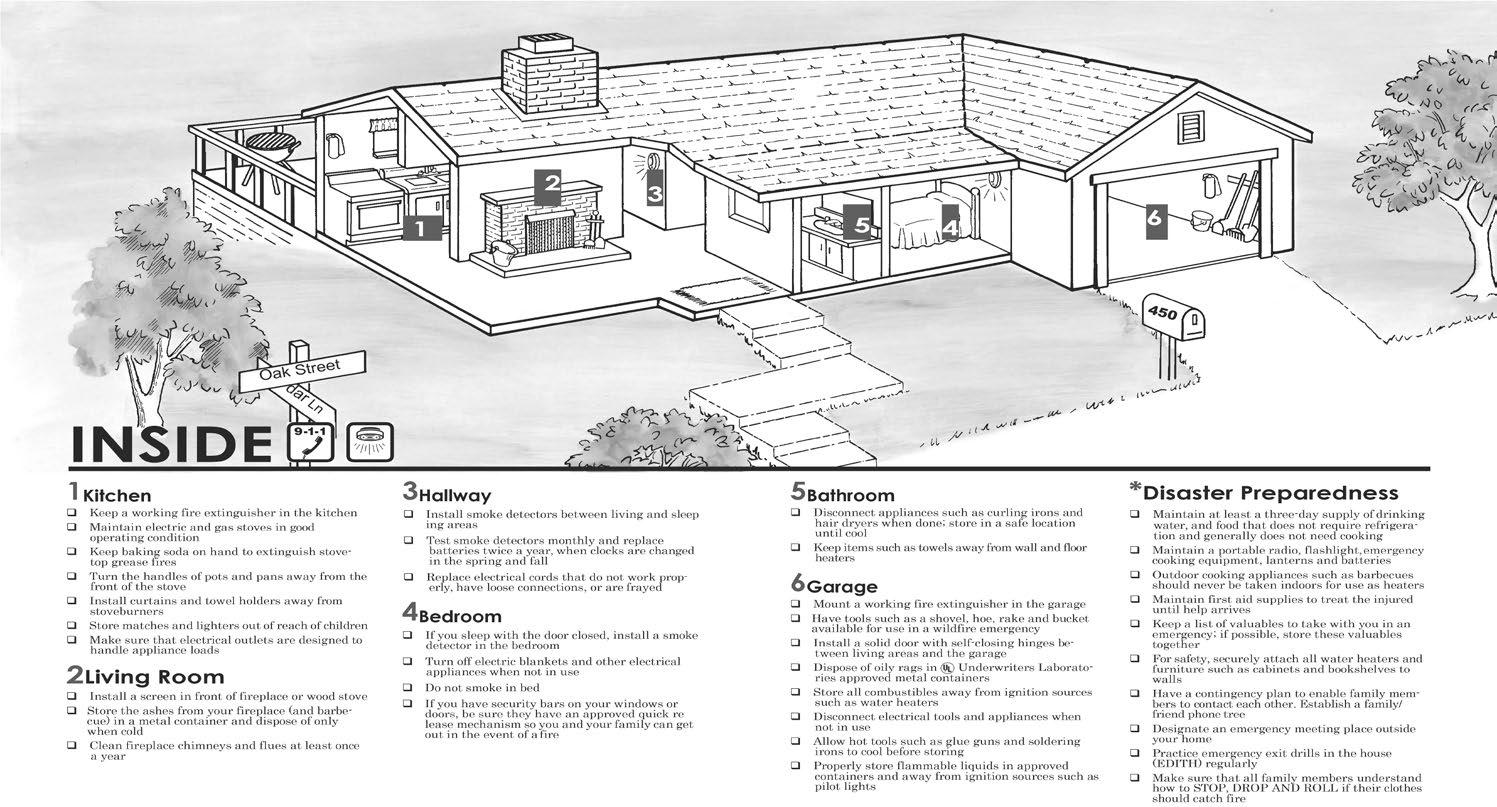
7 minute read
Jordan and Kyra Memorial Foundation Fatal COVID Outbreak at Pacific Coast Manor, By Jondi Gumz
COMMUNITY NEWS Fatal COVID Outbreak at Pacific Coast Manor
By Jondi Gumz
Advertisement
Eight months into the COVID-19 pandemic, with winter drawing nigh, Santa Cruz County exceeds 1,000 active cases with 47 hospitalized, the first outbreak at the jail, and an outbreak at Pacific Coast Manor in Capitola that resulted in deaths of two residents, which would bring the county’s total fatalities to 30.
On Monday, the Santa Cruz County Sheriff’s Office reported nine correctional officers have tested positive for COVID-19 and are now off work. Another six officers are quarantined, based on contact with infected coworkers, but no jail inmates have showed symptoms or tested positive, according to the Sheriff’s Office, which plans to test all correctional staff and inmates in the next 72 hours.
Contact tracers from the county Health Services Agency are trying to determine the source of the outbreak. The initial tests were spurred by jail officers showing symptoms at work, according to the Sheriff’s Office, which put screening protocols in place in March to prevent an outbreak.
The state reports more than 19,000 people have died because of COVID-19. Active cases are increasing dramatically, prompting health officials on Nov. 16 to put Santa Cruz County — and much of California — into the “Purple Tier,” which has the most restrictions on business operations, forcing restaurants, theaters, gyms, worship places to offer services outdoors only, and to adopt new rules for employers for the next six months, requiring them to fix workplace situations that allow the virus to spread, pay for testing when workers are exposed, provide masks and make sure workers wear them.
Capitola Deaths
Pacific Coast Manor is the third nursing home in the county where residents contracted COVID-19 and died – despite pro-active efforts by county health officials to prevent the virus from getting in. For example, visitors were not allowed and surveillance testing was instituted.
A 99-bed facility owned by Covenant Care, Pacific Coast Manor has posted updates on its website, the latest on Nov. 29, reporting 61 residents and 34 employees tested positive for COVID-19 and two residents who tested positive died due to “this insidious virus.”
Pacific Coast Manor reports 13 residents and 14 staff have recovered.
The management said separate wings have been designated for residents who may test positive and a new observation unit was created for new admissions, where they can be quarantined, tested and monitored for symptoms associated with the virus before being assigned to a standard room.
Before the outbreak at Pacific Coast Manor, two elderly residents died of COVID-19 in Santa Cruz, one at Santa Cruz Post Acute, a 149-bed nursing home owned by Kindred and the other at Maple House II, a 40-bed residential care facility for the elderly under local ownership.
A woman in her mid80s with underlying conditions died Nov. 10 at Santa Cruz Post Acute. The outbreak began Nov. 7. At least 29 residents there and 15 staff tested positive.
A Caucasian woman in her mid90s with another significant condition died Nov. 14 at Maple House II, county Public Health spokeswoman Corinne Hyland said last week, noting it takes time to investigate each death. That outbreak began Oct. 31 and spread to 10 staff and 14 residents.
The state fined Santa Cruz Post Acute $1,000 for failure to submit COVID-19 data on three occasions: June 6, Aug. 3 and Oct. 9.
“This failure resulted in incomplete data reported to the Department necessary to respond to the COVID-19 outbreak,” the state citation reads. “These failures had the potential to compromise the residents’ medical health and safety.”
Wrongful Death Lawsuit
On Nov. 10, the family of Donald Wickham sued Watsonville Post Acute, where he died Oct. 20 after contracting COVID-19, alleging elder abuse and neglect and wrongful death and seeking an unspecified amount of damages.
Wickham, 94, was one of 16 residents with COVID who died at Watsonville Post Acute in a two-month stretch; 50 of 74 residents and 21 staff became infected.
The lawsuit filed by Santa Cruz attorney David Spini of Scruggs, Spini & Fulton on behalf of Wickham’s son John, alleges the owners understaffed the nursing home to improve profits, brought in licensed vocational nurses and certified nursing assistants from other locations, increasing the potential for introducing the virus, and provided inadequate training to prevent infectious diseases, allowing 70 percent of the residents to contract the virus.
Spini noted infection control procedures at Watsonville Post Acute were found lacking six times by the state Department of Public Health, with an Oct. 6 report pointing out a housekeeper was not screened for signs and symptoms of COVID before starting work.
In 2016, the state fined Watsonville Post Acute, which is owned by CF Watsonville West, a limited liability company in Los Angeles, $10,000 after a resident diagnosed with dementia left the premises and was found outside lying on a sidewalk with a fractured jaw. The state report noted the resident wore a WanderGuard but the director of nursing acknowledged there was no routine monitoring of this resident’s whereabouts.
As of Nov. 30, Santa Cruz County had 4,529 COVID cases, 3,412 recovered, and 74,564 negative test results.
In five days, active cases jumped from 957 to 1,089, a faster pace that began on Halloween, when the county was in the less restrictive Orange Tier. The county moved into the Red Tier for a week, then into the Purple Tier.
The county update shows 118 people reported their symptoms began Nov. 16.
The case rate has risen to 12 new cases per day per 100,000 population; before Halloween, the case rate was below 4 per day per 100,000.
To get back in the Orange Tier, with fewer restrictions on business, the case rate would have to fall below 7 new cases per day per 100,000.
Recently, cases have been increasing faster in Santa Cruz and among whites. Initially, cases were predominantly in Watsonville and the Latinx community, but now Hispanics account for 59 percent of the cases, down from 67 percent, with whites accounting for 18 percent. New Employer Rules
On Nov. 19, the California Occupational Safety and Health Standards Board adopted an emergency regulation aimed at protecting workers across California from exposure to COVID-19.
The regulation, which will be put into effect by the state Division of Occupational Safety and Health, requires all employers to: • Assess workplace hazards and create a written COVID-19 prevention program, allowing for employee participation; • Correct COVID-19-related hazards in the workplace; • Identify and notify all workers exposed to COVID-19-positive individuals; • Provide testing free to employees in the event of COVID-19-positive cases in the workplace; • Train employees on COVID-19 prevention; • Mandate and enforce the wearing of face coverings in the workplace; • Provide personal protective equipment free where needed; and • Adopt safety measures in housing and transportation provided by the employer.
The regulation comes in response to a May 20 letter from the Worksafe of Oakland and the National Lawyers Guild Labor & Employment Committee. They sought protection for “essential” workers, those working but not deemed essential, those working to support their families, those working because they feared they would lose their job and those who would return to work fearfully as the economy opened up.
“Without specific occupational health and safety measures… Californians will die unnecessarily,” the letter read, calling for specific requirements to give employers clarity on how to protect workers.
Board staff noted the disproportionate impact on Latino communities but suggested a focus on businesses in Los Angeles County, where 40% of the cases and half of the deaths have occurred, or an emphasis on industries with a disproportionately high number of cases.
However, Cal/OSHA agreed with the petitioners that an emergency regulation is warranted. Existing regulations protect workers in health services, homeless shelters and correctional facilities but not workers in meat and poultry processing, food processing, agriculture, garment manufacturing, warehousing, public transportation, and retail stores, where outbreaks have taken place.
The regulation is similar to what the petitioners proposed, with the late addition of requirements for physical distancing and providing masks for workers in employerprovided housing and distancing, masks and ventilation in employer-provided transportation to work, including shuttles, ride-share vans and carpools.
Holiday Guidance
The sharp rise in COVID-19 cases is very concerning,” said Jen Herrera, Santa Cruz County’s chief of public health. “It is critical that everyone follow social distancing guidelines and not gather in groups as we head into the holidays.”
On Friday, Nov. 13, the California Department of Public Health advised travelers should quarantine upon arrival. The agency also released Guidance for the Prevention of COVID-19 Transmission for Gatherings – ahead of Thanksgiving on Nov. 26 and Christmas Dec. 2.
A 10 p.m. statewide curfew was ordered on Nov. 21.












